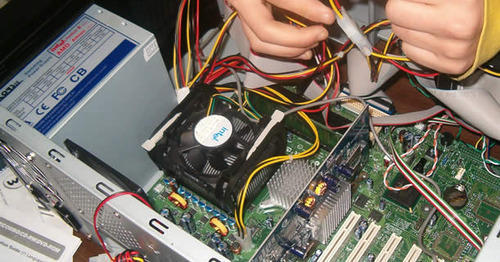Next Generation Firewall technologies from Fortinet offer integrated, high-performance protection against today’s wide range of advanced threats targeting your applications, data, and users. Businesses are realizing that traditional enterprise network security solutions such as firewalls, intrusion detection systems and host-based antivirus are no longer adequate to protect against new, sophisticated attacks. In order to defend networks against the latest threats, NGFW should include, at a minimum, an integrated intrusion prevention system (IPS) with deep packet scanning, the ability to identify and control applications running over a network, and the ability to verify a user’s identity and enforce access policies accordingly. In addition, Fortinet now offers Advanced Threat Protection (ATP) in Fortigate Next Generation Firewalls providing enhanced security tools to combat and mitigate multi-vector persistent attacks.
Integrated Intrusion Prevention System (IPS)
Fortinet IPS offers a wide range of features that can be used to monitor and block malicious network activity predefined and custom signatures, protocol decoders, out-of-band mode (or one-arm IPS mode)
Packet logging, and IPS sensors
Application Identification and Control
Traditional firewall protection detects and restricts applications by port, protocol and server IP address, and cannot detect malicious content or abnormal behavior in many web-based applications. Next generation firewall technology from Fortinet with Application Control allows you to identify and
control applications on networks and endpoints regardless of port, protocol, and IP address used. It gives you unmatched visibility and control over application traffic, even unknown applications from unknown sources and inspects encrypted application traffic.
User Identification
When a user attempts to access network resources, Fortinet Next Generation Firewalls will identify the user from a list of names, IP addresses and Active Directory group memberships that it maintains locally












 Google Workspace
Google Workspace Microsoft 365
Microsoft 365